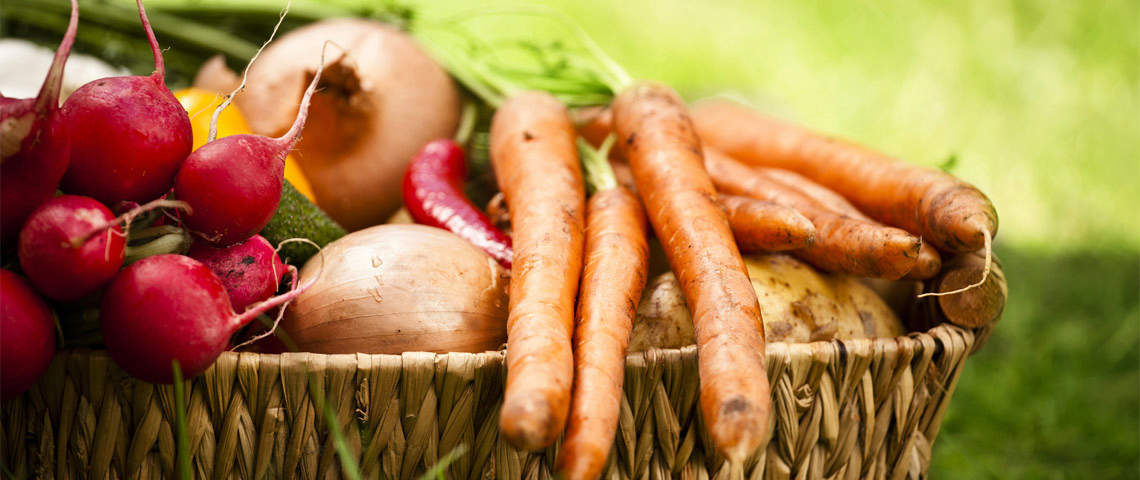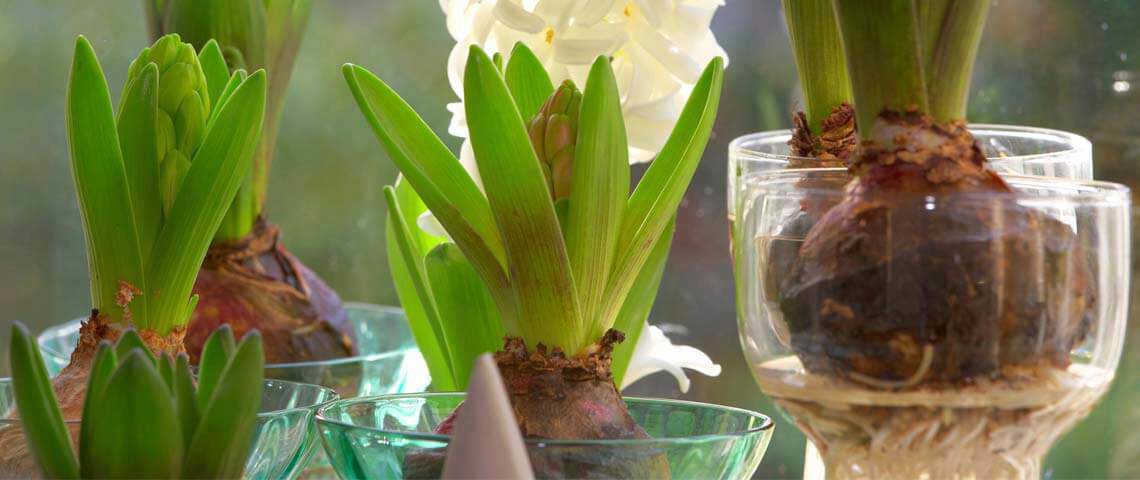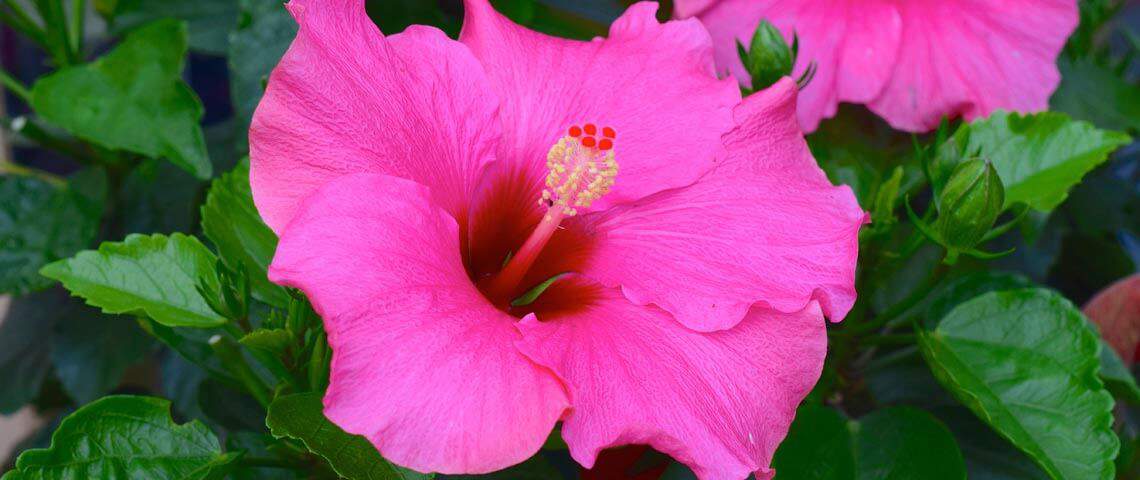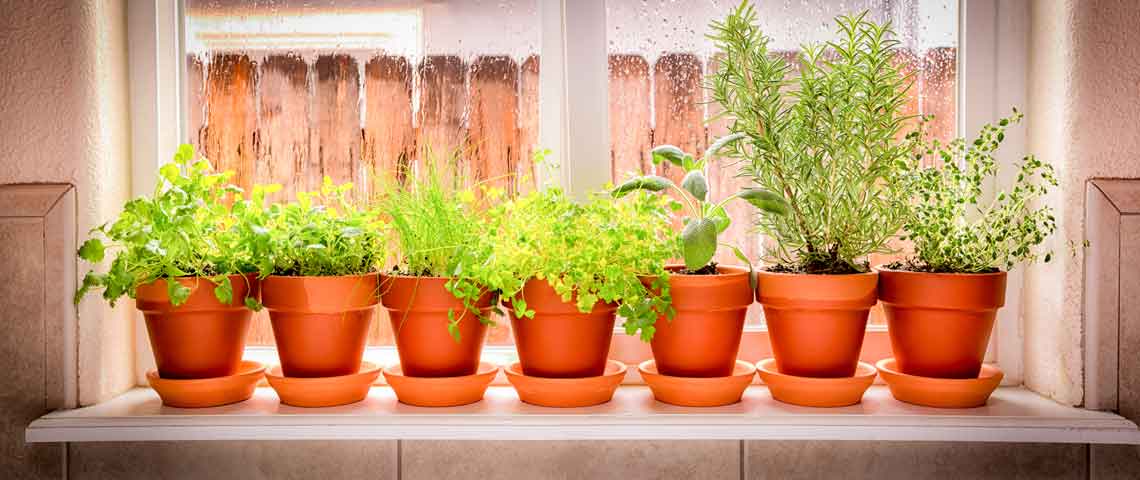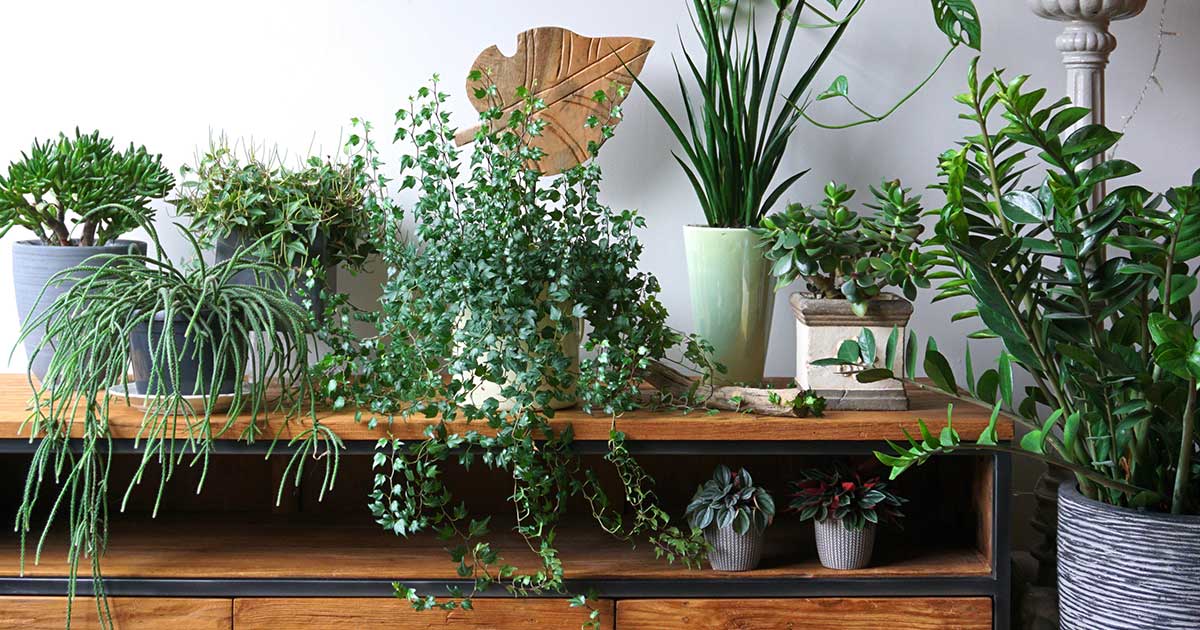Planting Summer Vegetables for Late-Season Fall Harvest
When summer's bounty of homegrown veggies hits, it's time to enjoy the fruits of your labors. But it's also time to start planning — and planting — so that garden goodness keeps rolling in. Summertime is prime time for seeding garden vegetables for late-season fall harvests. Whether you're a beginner or a seasoned gardener, you can rev up for summer seeding and extend your gardening season.
Getting Fall Timing Right
Success with fall vegetables depends on proper timing. In spring, gardeners often wait to plant until after the final spring frost. In fall, gardeners race against the season's first frost. If you're uncertain when fall frost normally arrives in your area, check with your local county extension agents. They can help with expected frost dates and advice for the current year.
The seed packets for the vegetables you choose to plant will have helpful information, including the number of days it takes from planting until your crop is harvest-ready. Start with your frost date, and then take that “days-to-harvest" number and count backward. That gives you a starting point for when to plant so vegetables have time to mature. It's a good idea to add an extra two to three weeks to offset cooler fall growing temperatures and give you time to enjoy an extended harvest. Different vegetable types and varieties vary, so follow your seed instructions and mark your planting schedule in a garden journal or calendar so planting times stay on track.

Beets deliver a double harvest with green tops for salads and tasty roots.
Selecting Your Vegetables
For fall success, focus on vegetables that do well in the cool nighttime temperatures that come with autumn. These are the same vegetables that thrive in cool spring weather and go into spring gardens before everything else. The following seven cool-season veggies, shown in planting order, flourish right up to frost and even beyond:
- Cabbage is a special fall treat because it loves cool weather, but also because it takes a long time to grow. Many northern gardeners forgo planting cabbage seed in spring because it can't mature before summer heat stops its growth. Bypass that problem by seeding cabbage about three months before your first fall frost, right at the summer garden's peak.
- Kale takes fall frosts in stride and keeps on growing and giving. The leaves of this late-season essential become sweeter when nipped by cold, so harvests in some climates continue well into winter. You can plant kale seeds 85 to 90 days before frost.
- Carrots can be harvested as soon as their “shoulders" peek out from the soil. They'll also store well in your in your fridge. Choose from orange, yellow and even purple varieties, and plant seeds about 80 to 85 days before frost.
- Broccoli, like cabbage, often gets skipped by spring gardeners in northern climates or planted only from garden center transplants. Fall gardeners can seed broccoli straight into soil and get abundant crops. Plant broccoli after cabbage, about the same time you plant carrot seeds.
- Beets provide for your table in two ways: their tasty, red-tinged leaves and nutritious, colorful, round roots. Choose from traditional purple-red varieties or golden types, and plant seeds about 65 to 70 days before frost, depending on the type you choose.
- Tender greens, such as leaf lettuces and spinach, flourish in cool fall weather. Seed your tender greens about 50 to 60 days before frost, depending on the type. Don't hesitate to dig; harvest “baby" greens as small as you like.
- Radishes spice up fall gardens and salads with their fast-growing, nutritious red, pink or white roots. Seed them into your garden 30 to 35 days before frost. Enjoy them while they're small and tender.

Kale gets tastier when nipped by fall frost.
Prepping Your Garden
Before fall seeds go into the ground, take time to rejuvenate your garden soil and get it back up to full potential. Well-fed vegetables are heavy feeders that use large amounts of nutrients, so spring crops can deplete garden soil. Time spent preparing for fall crops also benefits your garden next spring.
Soil amendments can improve soil structure and keep plant nutrients more readily available. Lilly Miller Garden Gypsum helps loosen heavy, compacted soil to promote healthy root crops, while Pennington Fast Acting Lime helps restore balance to overly acidic soil. Earthworm castings add beneficial organic matter to gardens and offers low levels of gentle nutrients including iron.
Build on a healthy soil foundation with a premium fertilizer, such as Pennington Rejuvenate Plant Food Tomato & Vegetable 4-5-4, to restore major fertilizer nutrients your vegetables need and add extra micronutrients for vigorous growth and productivity. Natural-based, calcium-rich Alaska Fish Fertilizer 5-1-1 helps get summer-depleted gardens back to prime planting condition courtesy of fish and other natural ingredients. Regular feedings of this nutrient-rich, OMRI listed for organic gardening, boost healthy growth right up to harvest time.
While these hardy vegetables can withstand cooler temperatures, they are still prone to insect damage. Pests such as leafhoppers, aphids, and whiteflies love to feed on tender greens and root vegetables. Mix Sevin Insect Killer Concentrate with the listed water dosage in a tank sprayer, and apply where insects are present. The formula kills insects by contact, will not harm your vegetables, and continues to protect for up to 3 months.
Slugs and snails like to eat tomatoes because they are a succulent fruit. Visible signs can be mucin trails or holes in your fruits. Scatter Corry's Slug & Snail Killer bait pellets on the soil around your tomatoes. This will immediately stop slugs and snails from feeding and end plant damage.

Cool fall weather suits growing delicious assortments of greens.
By extending your garden season with cool-season veggies for fall, you can enjoy late-season fun and fruits for months. Pennington and Alaska brands are here to help you learn, grow and make the most of your garden's final flourish. Stay connected with the Pennington email newsletter and online resources for expert advice and timely gardening tips.
Always read the product label and follow instructions carefully.
Pennington is a registered trademark of Pennington Seed, Inc.
Fast Acting is a trademark of Encap, LLC.
Alaska is a registered trademark of Central Garden & Pet Company.
GardenTech is a registered trademark of Gulfstream Home and Garden, Inc.
Sevin is a registered trademark of Tessenderlo Kerley, Inc.

